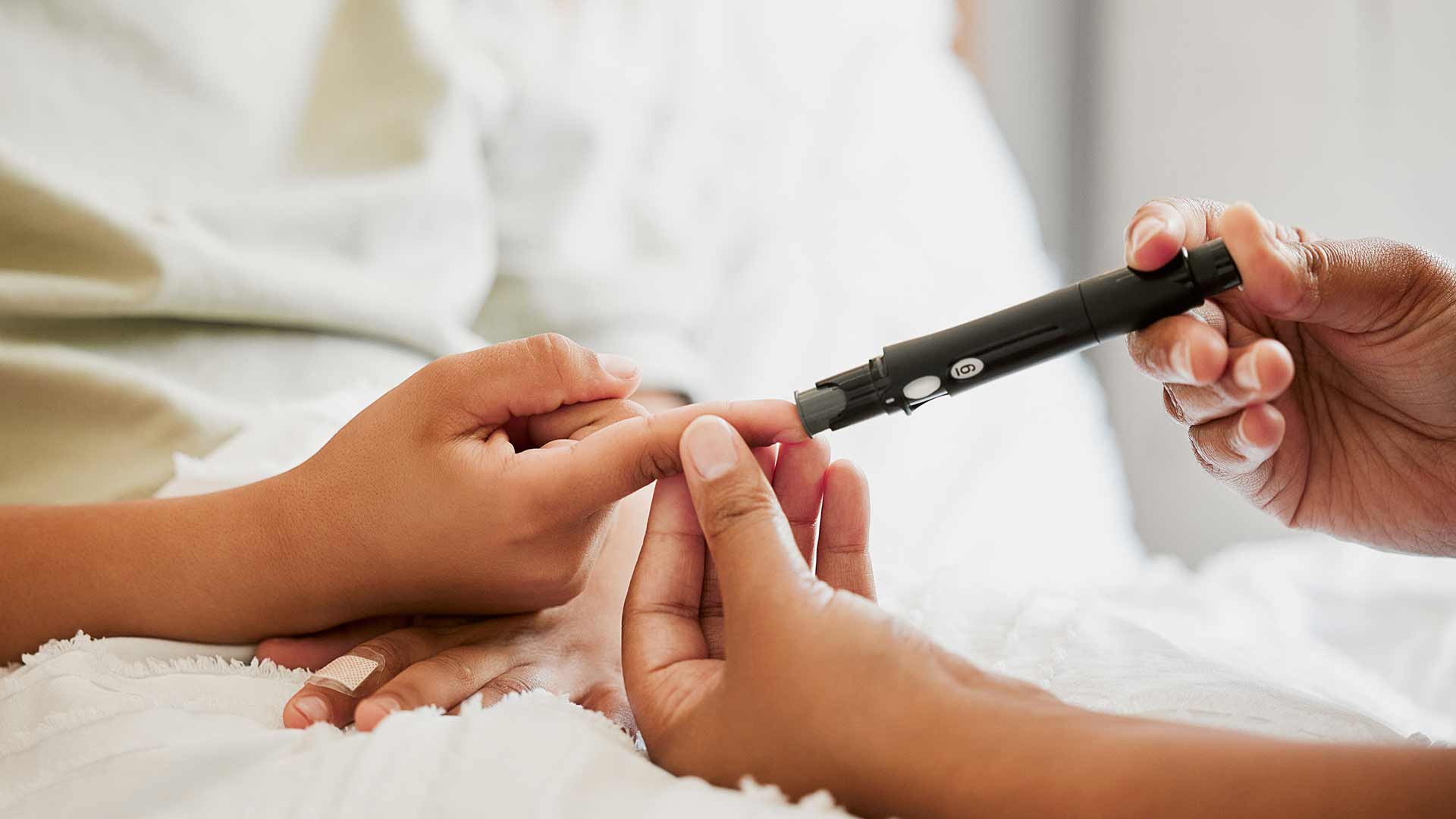Regular play can help fight diabetes in a number of children across the country.
With the increase in childhood obesity in the United States, there has also been an increase in the incidence of type 2 diabetes in school-aged children. Organizations such as the American Academy of Pediatrics (AAP), the American Diabetes Association (ADA), the National Institutes of Health (NIH), and the Center for Disease Control (CDC) are deeply concerned about the growing number of cases of type 2 diabetes in children.
Type 2 diabetes has been referred to as insulin-resistant or adult-onset diabetes but can affect children as well as adults. Type 2 diabetes occurs when a person's body slowly loses the ability to regulate blood sugar levels. People with this disease are resistant to the action of insulin, which helps glucose pass from the bloodstream into body cells. As time progresses, people with this form of diabetes are unable to produce insulin. Type 2 diabetes has genetic and environmental roots, but the most important factor in the increase in type 2 diabetes is the dramatic increase in obesity.
The U. S. has seen a dramatic increase in obesity in school-aged children over the past several years. Studies indicate that obesity dramatically increases a person's risk of developing type 2 diabetes. The AAP reports that cases of childhood type 2 diabetes cases have risen from less than 4 percent in 1990 to around 20 percent in 2000 and that 85 percent of children diagnosed with type 2 diabetes are obese. A combination of sedentary activity, increased caloric intake, and reduced caloric expenditure is usually responsible for obesity. Symptoms can include fatigue, excessive thirst, frequent urination and infections, and blurry eyesight. Insulin resistance, which is highly associated with type 2 diabetes, specifically targets muscle, fat, and liver cells. Type 2 diabetes can lead to coronary heart disease, blindness, kidney disease/failure, nerve damage, leg amputation, and impotence.
With outdoor play, especially in urban areas, being deemed less and less safe for children, children's time spent playing indoors, such as watching television, surfing the Internet, and playing video games, increases. When indoor play increases, so do the consumption of snack foods, some of which are junk foods. Increased junk food consumption along with decreased calorie burning has been linked to an increased chance of obesity and thus an increased chance of developing type 2 diabetes.
As high-stakes testing spreads across the country, children's playtime is being replaced by extra study time. Increasingly, recess and physical education programs are reduced or eliminated in order to give teachers more time to work on academic skills. Because of these changes, more and more schools are seeing the size of their students' bodies and the symptoms associated with diseases such as diabetes on the rise.
Prevention is the most effective means of dealing with type 2 diabetes. Researchers and doctors suggest that 30-60 cumulative minutes of moderate physical activity per day is recommended to help reduce the risk of developing type 2 diabetes or to delay the onset of the disease. Free play, especially outdoors, is a self-motivating type of physical activity that can help keep children engaged and interested long enough to burn off excess calories, prevent weight gain, and thereby reduce the risk of developing type 2 diabetes. Researchers have concluded that outdoor physical activity and exercise reduce children's risk of developing type 2 diabetes.
Potential health risks of diabetic children participating in physical education classes or outdoor free play may scare adults and cause them to interfere with a child's ability to receive adequate amounts of physical activity. During physical activities, a diabetic child should be monitored to detect the possibility of hypoglycemia. The condition is typically accompanied by weakness, hunger, and in severe cases, convulsions or coma. However, this potential side effect is easily dealt with and should not be a cause for fear in adults. The solution is to simply raise the blood sugar level immediately through the consumption of simple sugars such as orange juice. Children with diabetes generally have enough control over their disease to participate in almost any sport or activity. This is evidenced by the number of diabetic professional athletes who meet the demands of high activity without difficulty.
Combating diabetes and obesity has to be done by society as a whole. Diabetes and obesity, both of which are preventable, are killing more and more Americans. Because prevention is the best solution for combating type 2 diabetes, we suggest that:
- Parents and teachers ensure that children get at least 30 minutes of physically active free play daily.
- Cities and schools need to develop and maintain parks so children will have outdoor places to play on weekends and after school.
- Junk food-related commercials should be removed from television programs directed at children.
- Education and medical professionals should work to educate parents about the risks of low physical activity for children.
No one today questions the health risks associated with cigarettes and alcohol. It has taken decades of public health campaigns to increase awareness of these preventable health hazards. It is time to begin such a campaign to combat diabetes and obesity.
The research done for the production of this article is sponsored by IPEMA. Co-authored by Pei-San Brown, John A. Sutterby, and Candra D. Thornton.
References
- Chamberlain, J., & DeMouy, J. (2002). Diet and exercise dramatically delay type 2 diabetes: Diabetes medication metformin also effective. National Institute of Diabetes & Digestive & Kidney Diseases. http://www.niddk.nih.gov
- Children with Diabetes. (2002). Diabetes 123 and children with diabetes. http://www.childrenwithdiabetes.com
- Kahn, R. (2000). Rise in childhood obesity linked to an increase in type 2 diabetes. American Academy of Pediatrics (AAP). Press Release. February 23, 2000.
- Pangrazi, R. P. & Dauer, V. P. (1992). Dynamic physical education for elementary school children, 10th edition. NY: Macmillan
- Steppan, C., Banerjee, R., & Brown, E. (2001 ). Fat cell hormone promotes type 2 diabetes. National Institute of Diabetes & Digestive & Kidney Diseases (NIDDK). http://www.niddk.nih.gov
- Stoneham, L. (2001 ). Diabetes on a rampage: Texas physicians mount a prevention effort. Texas Medicine (11).
- Summerfield, L. M. (1998). Promoting physical activity and exercise among children. ERIC digest.
- Yeater, R. (2000). Obesity, metabolic syndrome, and physical activity. Quest, 52 (4), 351-7.








